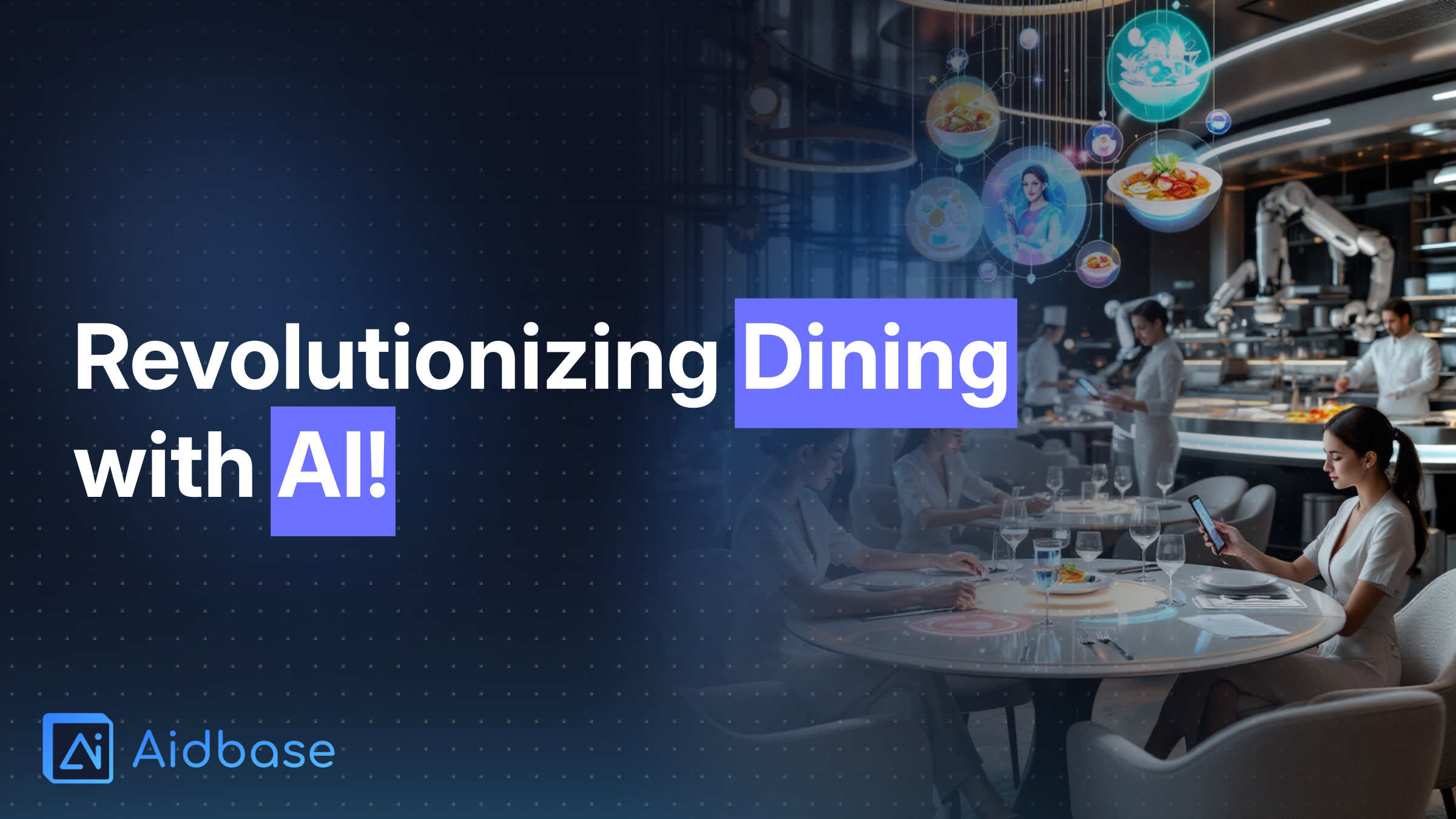AI is revolutionizing the food and beverage industry by transforming custom...

The integration of AI into the food and beverage industry is transforming how businesses engage with and serve their customers. With the rise of intelligent systems, restaurants and cafes are now able to create more personalized, efficient, and enjoyable dining experiences. This post explores how AI is reshaping customer interactions, from personalized menus to streamlined ordering processes and predictive analytics that anticipate customer preferences.
AI has quickly evolved from a futuristic concept into a practical tool that is reshaping everyday operations in the food service sector. Historically, restaurants relied on manual processes for customer service, inventory management, and order processing. Today, AI technologies are stepping in to:
For example, major players in the industry have already started experimenting with AI-powered tools to enhance their offerings. This rapid adoption has not only improved the dining experience but also opened up exciting possibilities for further innovation.
One of the standout benefits of AI in this industry is the ability to tailor experiences to individual customers. AI systems can analyze customer data to understand preferences and behavior, which allows for the personalization of menus and targeted promotions.
When developing your own AI-digital strategies, consider exploring tools like Aidbase to enhance your operations and customer communication without overwhelming your team.
Data analytics is at the heart of how AI systems predict what customers will enjoy on their next visit. By processing vast amounts of data—from previous orders to seasonal trends—AI-powered data analytics can forecast customer choices with remarkable accuracy.
This precise understanding of customer behavior leads to fewer shortages and a more enjoyable dining experience overall, making data analytics a cornerstone of modern customer service in the food and beverage industry.
Efficiency and accuracy in order processing are crucial for any dining experience. AI-powered solutions are now streamlining these processes, minimizing wait times, and boosting overall satisfaction.
These AI applications not only improve operational efficiency but also free up staff to focus on delivering a welcoming and personalized customer experience.
Several forward-thinking companies are successfully integrating AI to elevate their dining experiences. Here are a few inspiring examples:
These case studies highlight the tangible benefits that AI can bring to the food industry, creating a more engaging and efficient environment for both customers and staff.
Looking ahead, the influence of AI in the food and beverage industry is poised to grow even further. Experts predict that the market value for AI solutions in this sector could reach $11.4 billion by 2027, reflecting robust adoption across the board (Zipdo).
Integrating cutting-edge AI developments can lead to unprecedented changes that will further elevate the customer experience in the food and beverage industry.
The transformative role of AI in enhancing customer support and dining experiences is already evident in today’s food and beverage industry. From personalization and predictive analytics to streamlining order processes and real-world implementations, AI is proving to be a powerful ally for businesses aiming to improve customer satisfaction.
As AI technologies continue to evolve, now is the ideal time for restaurants, cafes, and food delivery services to embrace these tools and drive growth. By integrating intelligent systems thoughtfully and strategically, the industry can look forward to more dynamic, efficient, and customer-oriented dining environments. Whether you’re a seasoned restaurateur or a newcomer to the world of dining innovation, tapping into AI's potential could be your next big step toward success.